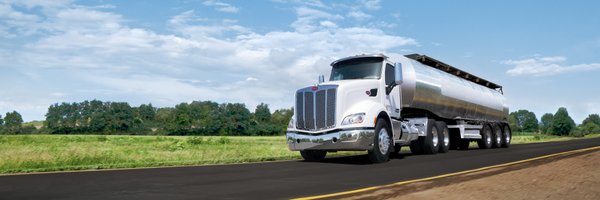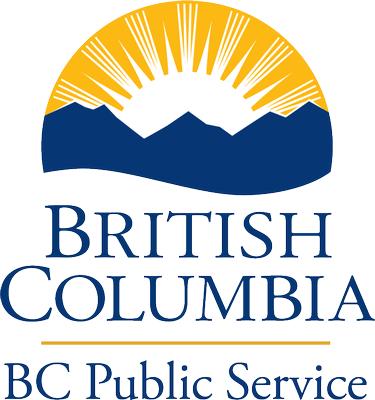 |
Today's News |
Burnaby-based Loop Energy Reports Revenue Growth and Achieves 22 Purchase Orders in Q1 2022 (Maintains $67M Cash Balance)
Thursday, March 24, 2022Company Profile | Follow Company

- F2021 revenue of $1.4 million1, up 161% year over year revenues
- As of mid-March, Loop had received 22 purchase orders, which surpass 2021 annual total
- At the end of February, Loop fuel cell equipped vehicles have accumulated in field mileage of over 400,000 km
Burnaby, BC, March 24, 2022--(T-Net)--Loop Energy (TSX: LPEN) today reported consolidated financial results for the fourth quarter and full year ending December 31, 2021.

Ben Nyland, President and CEO, Loop Energy
Ben Nyland, President and CEO said: "Over the course of 2021, Loop delivered on its stated objectives and has already made strong progress towards delivering upon our 2022 objectives. We are very pleased with our 22 purchase orders received to start the year, as this builds a solid foundation for further growth and diversification of our customer base."
Q4 and Full year 2021 Financial Highlights
- Q4 and full year 2021 revenues of $0.1 million (2020; $0.2m) and $1.4 million (2020; $0.5 m) respectively
- Q4 and full year 2021 operating expenses of $5.7 million (2020; $2.8m) and $19.9 million (2020; $8.8m) respectively
- Q4 and full year 2021 capital expenditures of $5.4 million (2020; $0.4m) and $6.7 million (2020; $0.7m) respectively
- Q4 and full year 2021 net losses of $7.5 million (2020; $2.8m) and $25.0 million (2020; $8.9m) respectively
- Cash and cash equivalents of $67.0 million in full year 2021 (2020; $3.2m)

2022 Outlook
- Loop is targeting to triple its purchase orders from 2021 to 60 fuel cell units in 2022
- Loop is targeting 750,000 km of accumulated mileage in customer vehicles
- Loop is expanding its exposure in key markets, targeting a 20-fold increase in viewership at trade shows in 2022
- Loop plans to introduce the next-generation 120 kW module later in 2022 built from the larger e-flow plate which the company expects to result in cost reductions across its entire product range. Loop also expects the larger product offering will help expand the company's total addressable market (TAM) while reducing average cost per kW produced
- Loop's Shanghai facility is on track to be operational in Q2 2022 with a lease option that could enable the company to triple production space in Shanghai in the medium to long term
- Loop continues to grow its engineering capability and production capacity in Burnaby, British Columbia with a stated objective of being able to demonstrate the ability to produce 200 fuel cell units per annum on a single-shift basis by the end of 2022
The Company's financial statements and management's discussion & analysis are available at investors.loopenergy.com, and www.sedar.com.

About Loop Energy Inc.
Loop Energy is a leading designer and manufacturer of fuel cell systems targeted for the electrification of commercial vehicles, including light commercial vehicles, transit buses and medium and heavy-duty trucks. Loop's products feature the Company's proprietary eFlow™ technology in the fuel cell stack's bipolar plates. eFlow™ is designed to enable commercial customers to achieve performance maximization and cost minimization. Loop works with OEMs and major vehicle sub-system suppliers to enable the production of hydrogen fuel cell electric vehicles.
- All amounts are in CAD dollars unless otherwise noted and have been prepared in accordance with International Financial Reporting Standards (IFRS).
|
Forward Looking Information This press release may contain forward-looking statements with respect to us and the fuel cell industry. Such statements reflect our current expectations and projections regarding future events. Forward-looking information is based on a number of assumptions and is subject to a number of risks and uncertainties, many of which are beyond the Company's control and could cause actual results and events to vary materially from those that are disclosed, or implied, by such forward-looking information. [ MORE ] |
Other Recent Company News  |
|||||||||||||||||||
|
|||||||||||||||||||


 News
News Events
Events Tech Careers
Tech Careers Directory
Directory Tech Stocks
Tech Stocks T-Net 100
T-Net 100 Members
Members Feedback
Feedback About T-Net
About T-Net Employers
Employers Post Job Listings
Post Job Listings Advertise
Advertise
















